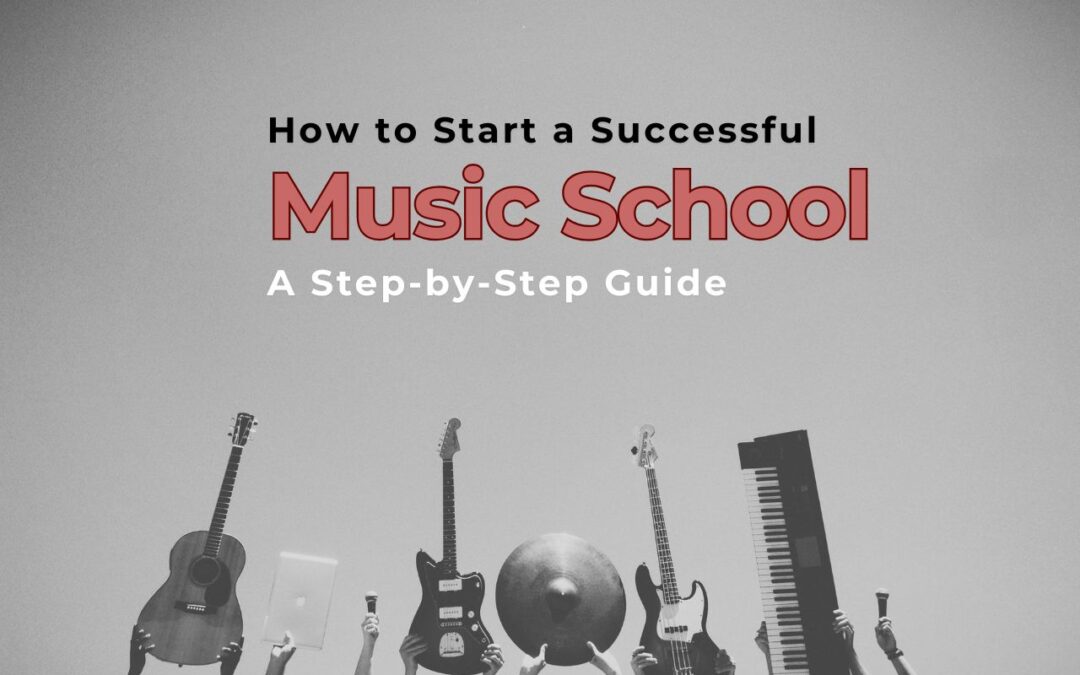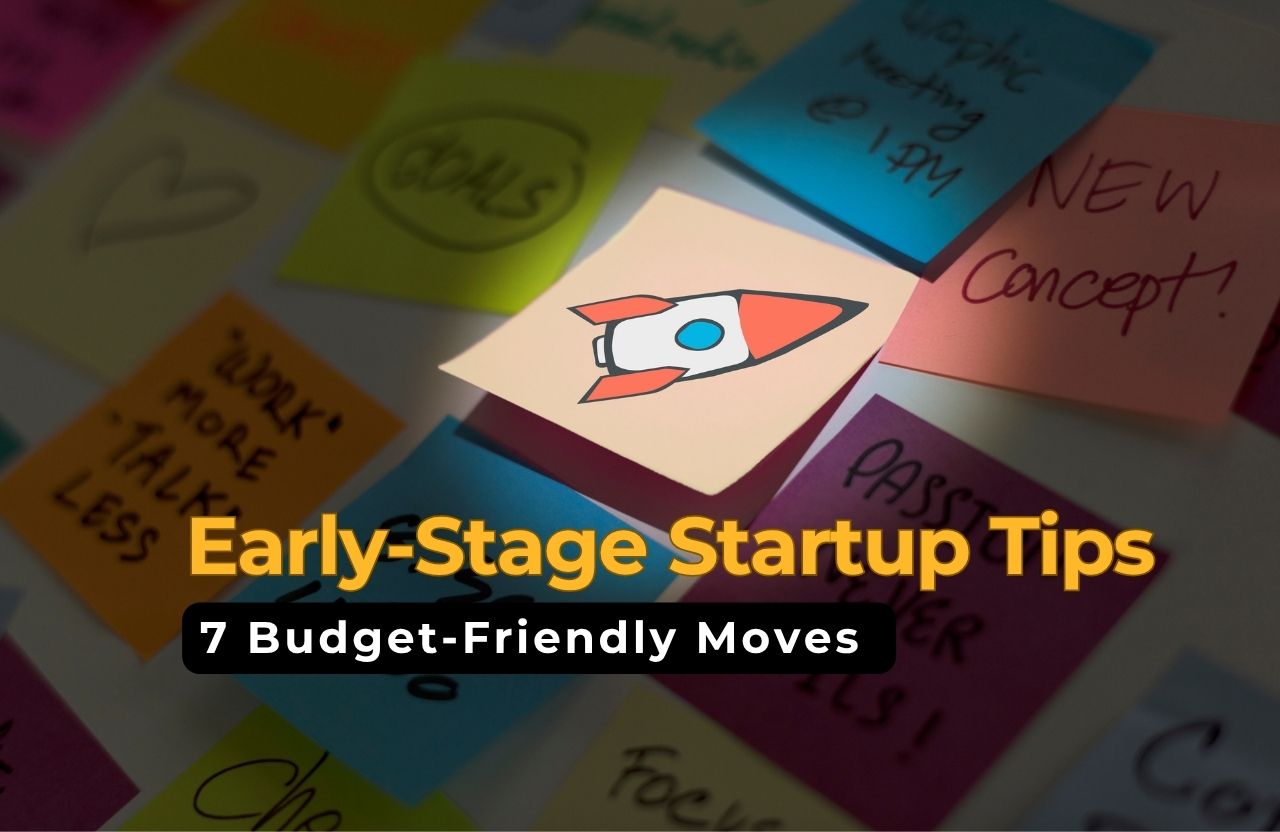Music is a universal language, one that transcends borders, cultures, and generations. If you have a passion for music and a desire to share that joy with others, starting a music school can be both fulfilling and lucrative. But building a successful music school involves much more than just having talent or love for music. It requires business acumen, strategic planning, and a clear understanding of what your students need.
This guide will walk you through everything you need to know about launching a music school that thrives in today’s competitive landscape. From defining your vision to scaling your operations, we’ll cover it all.
Step 1: Define Your Vision and Niche
Before you dive into logistics, take time to articulate your vision:
- What type of music school do you want to start? Will it focus on classical music, jazz, rock, pop, or electronic music?
- Who is your target audience? Are you catering to children, teens, adults, or professionals?
- What kinds of lessons will you offer? One-on-one, group sessions, online classes, or a mix?
Finding Your Unique Selling Proposition (USP)
Your USP is what sets your school apart. Maybe it’s your emphasis on contemporary music, state-of-the-art facilities, or a unique teaching method. Define it clearly.
Example: “Our school specializes in modern music education with courses in DJing, music production, and songwriting, alongside traditional instrument training.”
Step 2: Write a Comprehensive Business Plan
A well-thought-out business plan is essential. It acts as your roadmap and can also help you secure funding.
Elements of a Music School Business Plan
- Executive Summary – Overview of your school, mission, and vision.
- Market Analysis – Assess local demand, analyze competitors, identify gaps.
- Organization and Management – Ownership structure, staffing plan.
- Programs and Services – Details of classes, workshops, and additional services.
- Marketing and Sales Strategy – How you plan to attract and retain students.
- Financial Plan – Budget, pricing, funding needs, revenue projections.
- Risk Assessment – Identify potential risks and how you will mitigate them.
Tools to help: LivePlan, Bplans, SCORE templates.
Step 3: Choose an Ideal Location
Location can greatly impact your school’s success.
Consider the Following:
- Accessibility: Ensure it’s easy to find and reach via public transport or car.
- Safety: Parents must feel safe dropping off their kids.
- Ambiance: Choose a quiet neighborhood, ideally near schools or cultural centers.
- Space Needs: You’ll need classrooms, waiting areas, restrooms, and possibly soundproofed practice rooms.
For online music schools, invest in a dedicated room with quality lighting, a green screen (if needed), and noise control.
Step 4: Register Your Business and Comply with Legal Requirements
Formalize your business structure. Depending on your country or region, you’ll need to:
- Register your business name
- Choose a legal structure (LLC, sole proprietorship, etc.)
- Obtain a business license
- Purchase liability insurance
- Follow local zoning laws
- Meet any education-related regulations
Protect Your School Legally
Don’t forget to create contracts for students, teachers, and vendors. These should outline expectations, payment terms, class cancellations, and other key terms.
Tip: Consult a business attorney to review your contracts and compliance needs.
Step 5: Design a Student-Centered Curriculum
Your curriculum should be structured, engaging, and progressive.
Key Elements to Include:
- Levels: Beginner, Intermediate, Advanced
- Modules: Music theory, instrument technique, performance, composition
- Assessments: Periodic evaluations to track progress
- Certifications: Offer diplomas or prepare students for exams like ABRSM or Trinity
Special Programs to Offer:
- Summer Camps
- Music Technology Workshops
- Masterclasses with Guest Artists
- Online Learning Paths
Tip: Create your own branded workbooks or online resources to standardize your instruction and build brand recognition.
Step 6: Hire Passionate and Qualified Instructors
Your faculty is the lifeblood of your music school.
What to Look for:
- Degree or professional experience in music
- Teaching experience and references
- Patience and enthusiasm for student success
- Willingness to adhere to your school’s curriculum and ethos
Create a structured hiring process that includes:
- Resume screening
- Teaching demos
- Interviews and trial classes
Also, plan for ongoing teacher development through training and workshops.
Step 7: Market Your Music School Like a Pro
Without students, your school can’t survive. A strong marketing plan is essential.
Online Marketing Strategies:
- Build a professional website: Include a blog, course info, booking options, testimonials.
- Use SEO: Include keywords like “music lessons near me”, “online piano lessons”, etc.
- Social media presence: Post regular content—videos, behind-the-scenes, student features.
- YouTube Channel: Offer value through tutorials or performances to attract new leads.
Offline Marketing Strategies:
- Distribute flyers in schools, libraries, and coffee shops
- Attend or sponsor community events
- Offer free trial classes
- Create referral and loyalty programs
Bonus: Partner with local schools for music enrichment programs or after-school activities.
Step 8: Set Up Payment Systems and Pricing Structures
Your pricing should be competitive but sustainable.
Options to Offer:
- Per-class payments
- Monthly or term-based packages
- Discounts for families or referrals
- Trial class packages
Include Convenient Payment Methods:
- Online portals (Stripe, PayPal, Square)
- Auto-debit for recurring payments
- Mobile apps for invoicing and scheduling
Clear, transparent pricing builds trust and improves conversions.
Step 9: Create a System to Track Student Progress
Demonstrating student improvement increases satisfaction and retention.
Tools and Strategies:
- Progress reports and performance reviews
- Video recordings of lessons
- Student showcases and recitals
- Feedback forms after each term
Also, keep communication open with parents. Offer regular updates, progress charts, and tips to help their child practice at home.
Step 10: Scale Your Music School
Once you’ve built a solid foundation, it’s time to expand.
Scaling Options:
- Add new courses: Songwriting, film scoring, audio engineering
- Open new locations: In different neighborhoods or cities
- Franchise model: License your brand and curriculum
- Online learning portal: Sell video lessons or memberships
Invest in Technology:
- Learning Management Systems (LMS)
- Scheduling and CRM software
- Mobile apps for students
Examples: MyMusicStaff, Teachworks, Fons
Real-Life Case Study: MelodyWorks Academy
MelodyWorks started as a one-room piano studio in 2017. By 2024, they had expanded to three branches, launched an online academy, and began licensing their curriculum. Their success stemmed from a focus on:
- Community engagement
- Consistent branding
- Transparent communication
- A structured curriculum with tangible student outcomes
You can replicate similar success by following the steps above and staying adaptable to the needs of your students and staff.
Final Thoughts: Passion Meets Planning
Starting a music school combines artistry with entrepreneurship. It’s not just about playing notes—it’s about creating harmony between your vision, operations, and student experience.
When done right, a music school can be a lasting legacy that shapes future generations of musicians.












